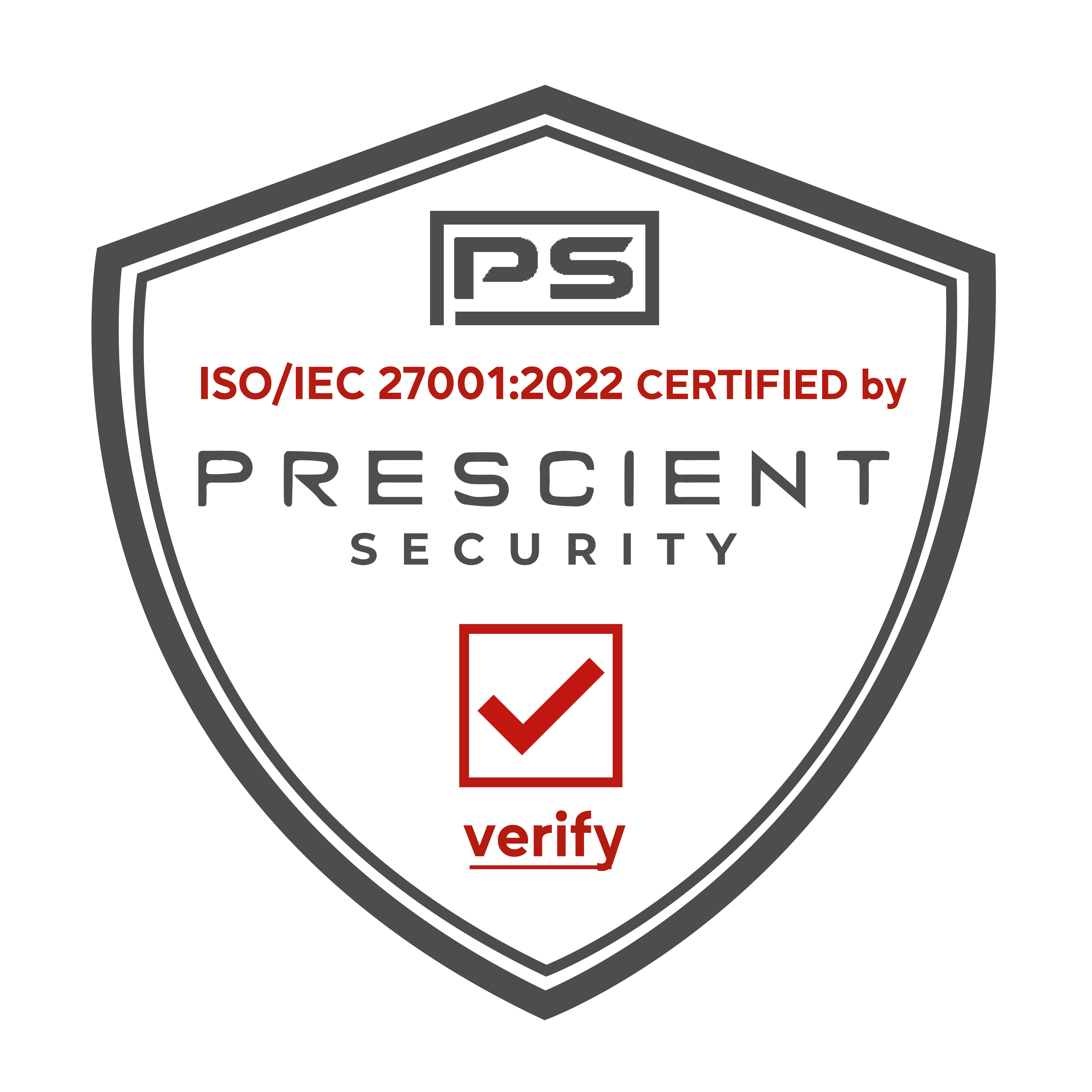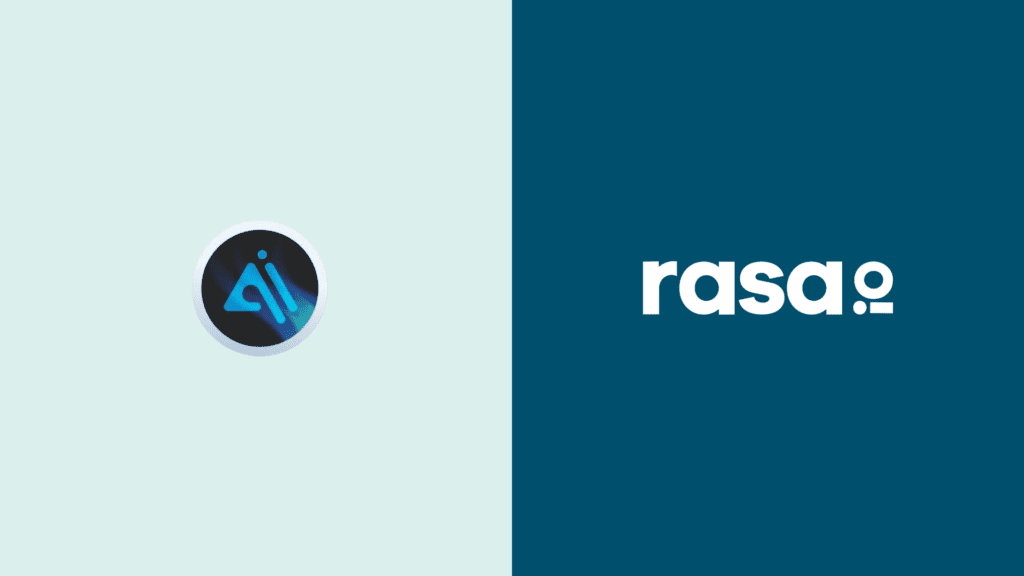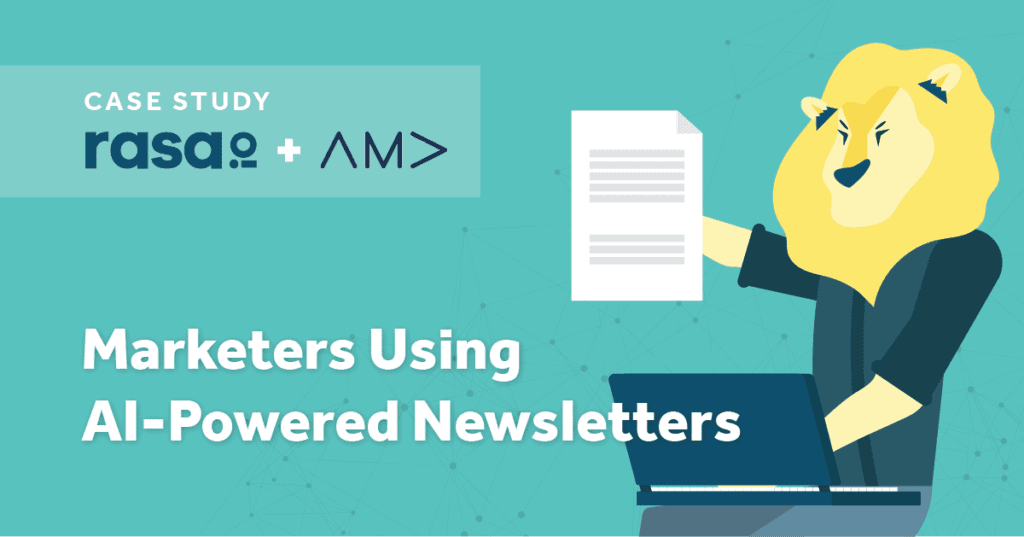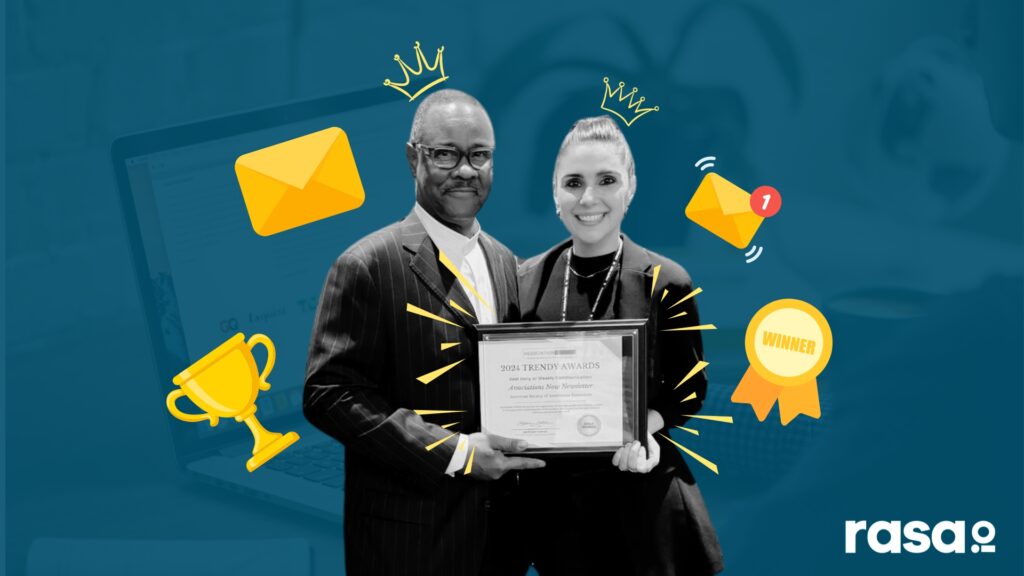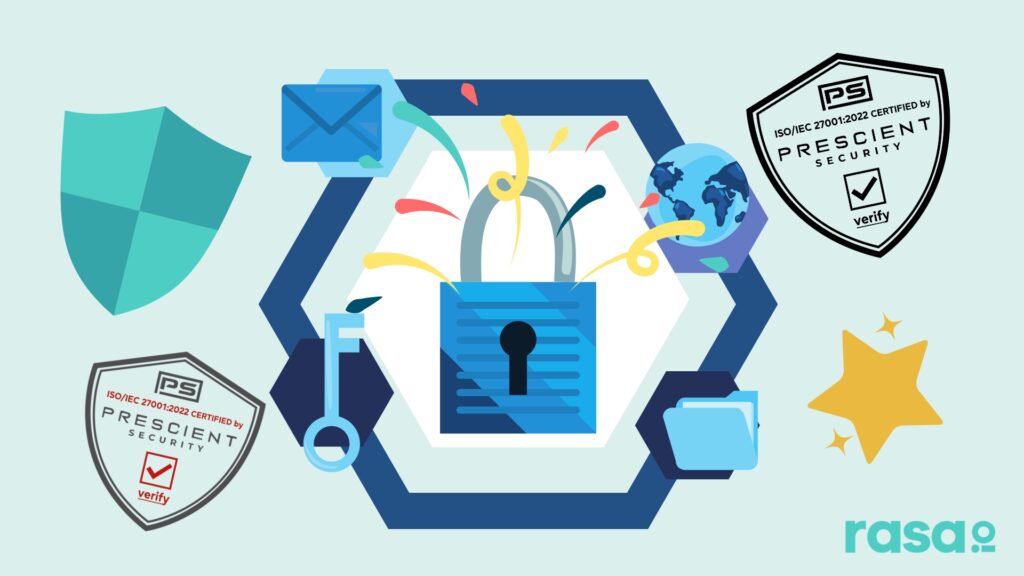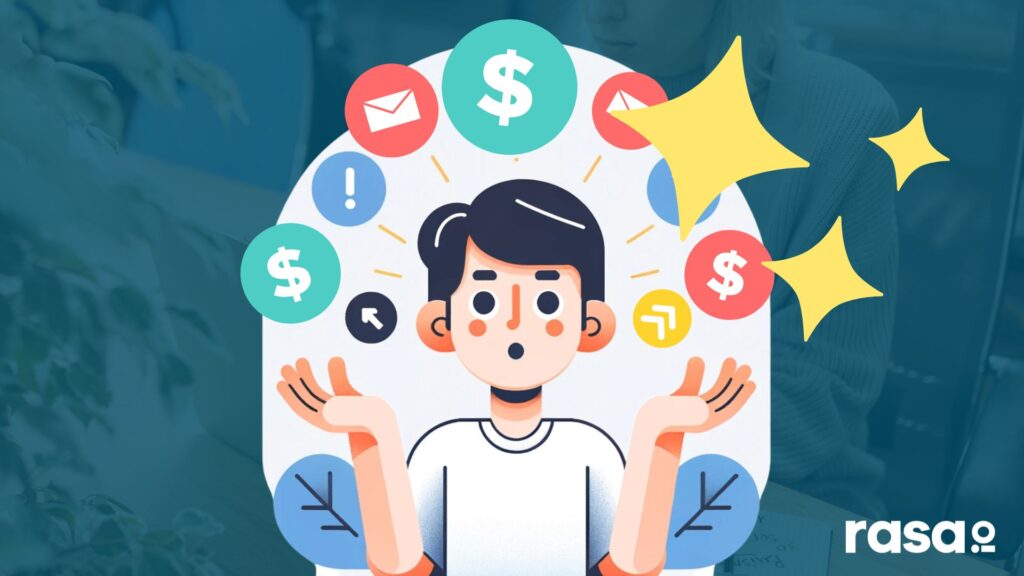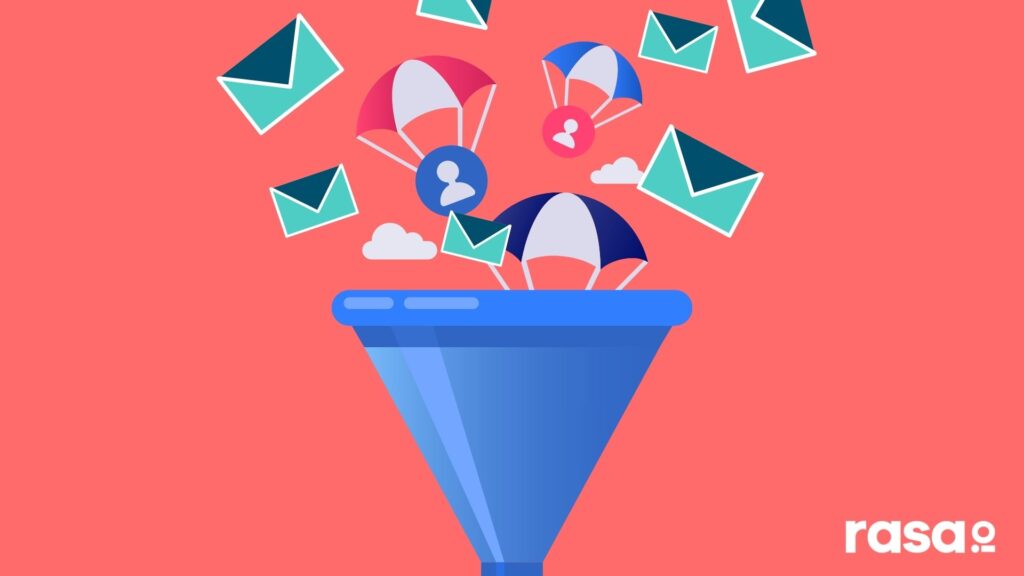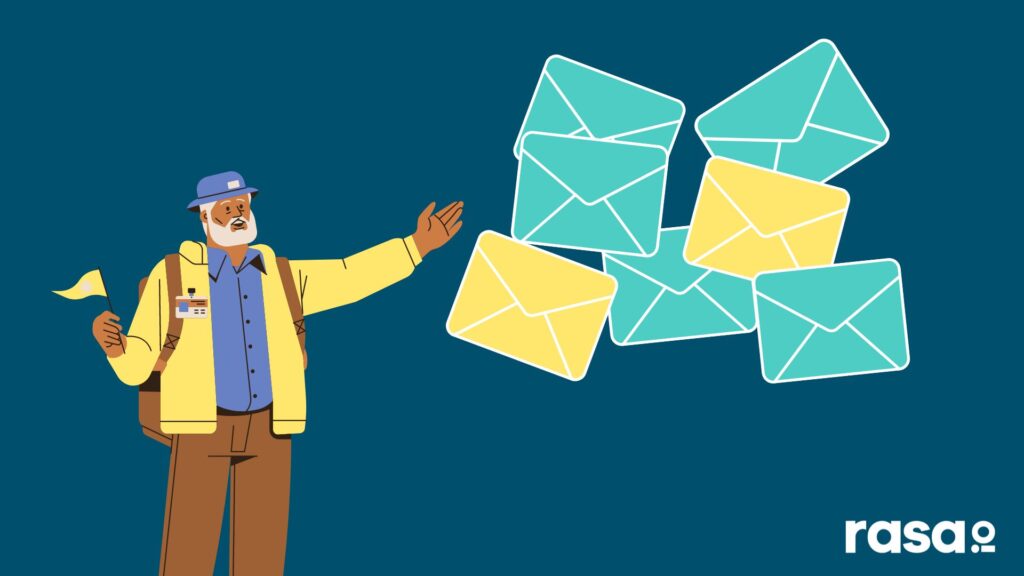Mary Ellen Slayter
How the CEO of a B2B content marketing agency built an expertise in email newsletters early in her career. She shares how she writes her email newsletters and what she thinks of email engagement. This is Mary Ellen Slayter’s story about Pushing Send.
Mary Ellen Slayter is CEO of Rep Cap. Before creating her own content marketing firm, she served as director of content development and a senior general business and finance editor at SmartBrief, a leading publisher of e-mail newsletters. Before joining SmartBrief, she spent 8 years at The Washington Post, where she authored the Career Track column and worked as an editor in the business news department.
Key Points From This Episode:
- Clean your list so that only the people who want to be there are kept on the list.
- Think about how you would explain what you are writing as a storyteller and use the data to shape the way you tell those stories and the services you offer.
- Write your newsletter keeping your audience and their interests in mind. Be specific.
- Is it accurate? Is it relevant? Is it interesting? That is the priority in a newsletter.
- Take information, curate it so that it is useful and deliver it in a timely fashion.
- There are a lot of things that you can learn from how somebody behaves with an email and statistics.
- Automation can be used to make sure that you are serving up the right content to the right people
Tweetables:
“There’s a good chance that if you’re not actively regularly pruning that list and doing re-engagement campaigns, veering off people who don’t want to be there, there’s probably a lot of dead weight in your email and your list.” @MESlayter
“I really do see myself like I’m a storyteller and I’m telling that story to one person. And then I also take that feedback and take that data and use that to shape the way that I tell those stories.” @MESlayter
“The value of taking those things, curating them into something that is useful and getting that into somebody’s inbox in a timely fashion. People make a habit of that. And they learned to trust it.” @MESlayter
Links Mentioned in Today’s Episode:
Episode Transcript
Mary Ellen Slayter:
The size of your email list, like just to have a big list is not necessarily a good thing. There’s a good chance that if you’re not actively regularly pruning that list and doing re-engagement campaigns, veering off people who don’t want to be there, there’s probably a lot of dead weight in your email and your list. And so I use ZeroBounce to clean lists. They are my favorite. Mental floss is another good one, but like, there’s really no substitute for like going in and making sure it’s like good list hygiene. It’s like, don’t put people on here that don’t want to be here, make it easy for people to take the exit, but make them want to stay. And it’s okay if people move on.
Bryan Kelly:
From rasa.io, the free tool for sending smarter and better email newsletters. This is Pushing Send, a show featuring people who send emails their subscribers actually want to read. I’m Bryan Kelly, and on today’s show how the CEO of a B2B content marketing agency built an expertise in email newsletters early in her career. Here’s Mary Ellen Slater sharing how she goes about writing newsletter content. I understand you have a background as a trained journalist, and I’m curious, how do you approach writing an email newsletter with that type of training?
Mary Ellen Slayter:
There’s two things in my background that I would say really shaped how I think about email and about email newsletters in particular. And so one of them is that I was a traditional journalist before I started my content marketing agency. I spent eight years at the Washington Post and then another three years working at SmartBrief, which is an email company. But the other part of it, I would say that part of it shaped how I think about a story, right. So I come in and I do emails. I don’t really think about the CTA exactly. I don’t really think about when I start the writing process. Like I’m thinking about what, like telling a story to someone. I pretend I think about that one person that’s on the other side of it. And that’s a lesson we learned more writing stories like in journalism as well, right? Like it’s like, think about how you’re explaining this to someone else. Like you’re writing. Yes. Tons of people are gonna read this, but in the end, they’re going to read it one at a time. And so tell that person, that story. There’s that part? The other part of my background that shapes the way that I think about email, it was honestly the reason I got really excited when I left her digital journalism and went to SmartBrief. My undergraduate degree is in agriculture. What that means is that I took a lot of statistics classes. So I came, I came into journalism knowing a lot more math than a lot of other journalists know. Right? And so I was kind of weird there. And so then when I sort of pivoted over into marketing and sort of really honestly working with email, it was just this treasure trove of data. Like that pivot for me, like I’m old enough that like I was a print person and was there for that pivot into digital. And like, I got really excited about all of the data, the actual user data, like the things that you know about someone when you have an email based relationship with them, like when they have opted in and consented to getting emails from you, the data that comes back from that, like, it’s not just, well, they clicked on this and talk about it. You can use it to shape your products, right? You can use it to shape your services. There’s just like so much information there. But for me to be able to make sense of that information, I had to reach back and use that other part of my brain that could look at all that data. So I really do see myself as like I’m a storyteller and I’m telling that story to one person. And then I also take that feedback and take that data and use that to shape the way that I tell those stories.
Bryan Kelly:
Well, what are some of the lessons you’ve learned during your time as an email newsletter editor at SmartBrief?
Mary Ellen Slayter:
I learned a lot about email and I actually learned a lot, I would say about audience and the importance of tailoring to audience. And I think just to kind of back up a little bit to tell people if you’re, if you’re not a subscriber to SmartBrief, I’ll give you a little background and how they work. And honestly you may be a subscriber and just not realize it because they do publish hundreds of newsletters and they’re all very targeted. So my role, when I went there was as a financial editor and I oversaw the briefs for like the banking trade association, as well as the broker dealers. And you’re thinking, okay, that’s all finance, they’re all the same. Right? And it’s like, no, every one of these groups has their own angle. The things that they think are important. So we would basically summarize these news stories of the day and write these little, you’d get a headline and you’d write a little blurb and it would link to the full story.
And one of the most important things about making what it took to make those newsletters successful is that we could take the same story in the Wall Street Journal about some finance regulation. And you would write a summary, the summary you would write for the brokers, the stockbrokers would not be the same summary that you would write for the bankers, the big bankers. They don’t have the same interests. They don’t have to say there might be a different part of it, a different thing to emphasize. Right? And so like in the end, like you could make a newsletter that linked to all 10 of the same stories, but the copy would be completely different because the audience needed something different plucked out of that information. Like what was it worth to them? Another way to look at it is I oversaw the newsletters for the American Petroleum Institute and also the Ethanol Lobby. And if there were ever any two groups that like never had the same like perspective on a piece of legislation, like energy legislation and it was the two of them. So just realizing, you know what I’m talking about, thinking about your audience and like, what do they need to get out of this? And so we had this rule where you would say, well, is it accurate? Is it relevant? Is it interesting? That was the priority that you should think about it. So like, step one is don’t put lies in the newsletter, right? Like make sure that whatever you’re putting is factually correct. Like that’s rule number one above that, tailor it for relevance. Right. And that’s where you’re plucking out the information. So as well for that audience, and then the final thing I don’t think is making sure your writing is interesting, like writing, having fun with a headline, that’s the top. Like, that’s like the peak and you don’t, I don’t want to see that if you haven’t done the, the first two things, if you do nothing else, please be accurate.
Bryan Kelly:
So what else did you learn?
Mary Ellen Slayter:
The other thing that I would say that I learned at SmartBrief, was just the importance of timeliness and information, and this is something where coming in as a journalist, we moved fast. You follow the story because the stories do you don’t get to just sit on it for awhile. And then switching from the newspaper world into digital and email newsletters. It, it shocks people sometimes like, I’ll find out marketers will spend like weeks working on our newsletter. They’re like, Oh, 10 hours. And I worked on this for two weeks and can we, whatever. And I’m like, and I won’t give them context. I’ll say, do you know that it’s SmartBrief like when I did this, cause I work at HR businesses last at SmartBrief, this newsletter that you’re taking a full week to produce that, at SmartBrief we produced in less than two hours from start to finish people just look at me like what? And it’s like, well, this isn’t even useful to the reader. Like if you’re taking a week, you’re like summarizing stale news for them. Right. And that’s, and I guess the final thing that I would say that I learned about from SmartBrief is that the importance of consistency and having a high enough cadence so that people can make you a habit because great emails become habits. They become part of what you rely on to get your information. It’s this beautiful curated, piece of content just like delivered into your inbox in otherwise you’re social. You’re like, yeah. All these links on social? Sure. Right. Can you get all this content by going to all these sites? Absolutely. But the value, the value of taking those things, curating them into something that is useful and getting that into somebody’s inbox in a timely fashion. People make a habit of that. And they learned to trust it.
Bryan Kelly:
When we come back, Mary Ellen describes how she thinks about email engagement, like opens and clicks. Plus she explains her philosophy about email automation in the editorial voice she created for her own popular email newsletter titled The Managing Editor. I’m Bryan Kelly. And you’re listening to Pushing Send from rasa.io.
rasa.io:
Creating email newsletters takes a lot of time. You might curate articles, write content, tweak your template, and look up metrics. And not to mention you’re probably doing all of this once a week. Well at rasa.io, we said enough and built a free tool to simplify the process, which saves you time. It also uses AI to personalize emails for each subscriber based on their interests. That means they get stuff they like to read. Want to see how it works? Visit www.rasa.io and click “How it works”.
Bryan Kelly:
Welcome back to pushing set. I’m Bryan Kelly, Mary Ellen Slayter is a respected and trusted content marketing strategist who truly understands how email can be used to create audience engagement. And she has a specific belief regarding how frequently you should be emailing your audience. Here’s Mary Ellen explaining this further. You mentioned a moment ago about creating a habit for subscribers by having a high publishing cadence. How difficult do you think that is?
Mary Ellen Slayter:
That’s something that I know that people struggle with because they get back to that speed part. They’re taking forever to put these things out. They say, oh, we can’t do a newsletter every week or every other day we’ll go every other week. But once a month, a once a month newsletter doesn’t have as high of an open rate as a once a day newsletter, which is wild, right? Like people are like, what do you mean? I don’t want to be bothering them. And it’s like, Oh my God, if you wait more, like at SmartBrief, we actually wouldn’t do newsletters like less than once a month. I think people are scared. Marketers are scared to email people, but if you are offering something of value in a timely fashion, like email away, email away, they don’t really don’t mind.
Bryan Kelly:
Have you seen any negative impact on opens and clicks with the higher publishing frequency like this?
Mary Ellen Slayter:
I’ll have conversations with people in this like open rates dropping and I’m like drop into what? And they’re like 35%. I’m like, okay. Right. And I’m like, if your email personally, I believe that if you are routinely breaking 50%, you’re not sending enough. Right. Because of that very behavior you just described, you’re choosing for them. You are, you are trying to throttle more than them. And like, I think my, my floor, what we always look for when I was at SmartBrief and what I look for now is I want an opt-in list. I want to see at least of, of any reasonable size. I want to see at least a 20% open rate and an 8-10% of the click rate on the newsletter. If you go below that, we need to take a look and see what’s going on. You’ve probably got some dead wood. You need to clean out your own email list and that sort of thing, but, or the contents bad. If I see a high open rate and a low click rate that tells me they want to hear from you, but you’re not giving them the right stuff. There’s a lot of things that you can learn from how somebody behaves with an email.
Bryan Kelly:
So what are your ideas around automation?
Mary Ellen Slayter:
You know, there’s things you can do that are automated. And then I think the two extremes, the two best types of emails are completely, are damn near automated or completely handcrafted, ridiculous, like a lots of love. And the middle ground is actually where things get kind of muddy and terrible. So I either want it automated or like, you know, with The Managing Editor Newsletter and there’s ways that you can use automation, right? Like, so the things that we do, I use automation to make things more personal, not less right. So people think of using email automation is putting in that token, that has somebody’s first name, like you’re lost, but the actual writing of our newsletter or the actual, like, I do that. And I do that personally as the CEO of this agency, because at one end it is the highlight of my week. Yeah, there are lots of other things I could do. Sure. But like, what else do I get to have, like this one-on-one conversation like this direct relationship and people, I send it out. People write me back. Like it’s a whole thing. And I do spend legit like two to three hours a week on it. And I have no regrets. It’s like, I love it. Where I use automation is in making sure that I’m serving up the right content to the right people. So for example, right now we are planning for an event called Managing Editor Live. The first outreach that we did, the virtual conference, we said here, send it to our house list. We’ve been talking about trying to get people to sign up and convert as many of them as we can. At this point. Most of them have. We’ve actually the conversion rate’s been pretty good. But what I don’t want to do is keep sending people who have already inside the newsletter. I’ve got a CTA where I described like the new stuff that we’re adding. What I don’t want to do is keep sending people who have already subscribed a call to action, to subscribe or to register. I need to send them something different, like invite a friend and you can use your automation, like go take these tools that are built inside your thing and like set it up so that you serve people different content depending on their behavior. And what I find fascinating about what y’all do is like I have to sit and make these segments. I have to sit and think about all this. You’re like sitting over there. You’ve built like this tool to do that for you. And like that still blows my mind a little.
Bryan Kelly:
Yeah. Our team just got tired of the manual setup. So we set out to streamline the process and get true, one-to-one personalized automation using artificial intelligence. It’s pretty cool. Now, when you started your managing editor newsletter, what was it like? Were you excited? Was it something that you knew just needed to happen? How did that all come about?
Mary Ellen Slayter:
We have this agency and we have our little team. We had a blog, like every other agency, I had a blog and we would write every day is at some point another time we cut it down to a once or twice a week, we were kind of brainstorming. Like what could we do to make this blog interesting again, like to us, to readers. I mean, by all, any other agency would have thought that we were quite successful. We were looking at 10 to 20,000 qualified, like appropriate views a month on the site. We had an email list of about 10,000 of people who would get every other week emails from us, but it was just, it felt stale. And we made the decision to do something different. Like one of the things that people hire us to do is create brand and magazines and like branded publications. So I went off and we were like, trying to think about what we would do. And like I found out that Managingeditor.com was for sale and no one was using it. And so we decided that instead of having this generic blog rep cat blog, that we would relaunch, like just shut it down, which we did. And again, like the subscribers, it’s not, I don’t have a huge list. I don’t have massive traffic, but I look at the people who are subscribing and I write for them. I got the head of content at Adobe. I got the head of content. I got like a head of thought leadership from an Nancy. It’s like, I write for that lady. I asked myself if I can, what I ‘m doing, is it adding value for the head of content at Sage? Am I giving her what she needs to be better at her job? And when you get that audience, like when you started to think of that magazine way, you start thinking that publication way, it changes everything about how you think about audience and how you think about ROI and how you think about your calls to action. It’s just a different animal. And you know, and I do see really good open rates. I do see really good people refer it. They laugh at it. They tell me like that it’s the highlight of their week,
Bryan Kelly:
Was that the style and approach you took from the very beginning?
Mary Ellen Slayter:
You know even when we started, we were a little timid. Like we tried to write it a little more earnestly, but as it got, I’m like, look, there’s like a million newsletters. And if you want to read this one, this one’s me. And a hundred percent me, it’s got pictures of my chickens, I have bad jokes about pop culture. I just it’s personal. There was someone I came across on LinkedIn the other day. I think this is a woman, actually. I think her name’s Kate Mitchell. She said the mistake that marketers make when they think about personalization is they think about it in terms of like only in terms of the audience. And they do, they think about it. Like I’m going to drop this token in that says first name, hi, first name. Whenever the other way to think about personalization is to make it really personal to you. Like write the newsletter that no one else could write, like it has to be unmistakeably from you.
Bryan Kelly:
Mary Ellen knows firsthand the tone and voice that resonates most with her audience. She also has a clear and focused vision of who she’s writing for. My question to you is do you have a picture of exactly who you’re writing your next email for? Coming up on our next episode, we’ll hear from Sujan Patel, the founder of several email-based software tools like Mailshake, Right Inbox and Voila Norbert. Sujan shares the numerous ways he’s leveraged email to successfully build multiple businesses and how to best avoid promotional, offer fatigue with your email list. You won’t want to miss what Sujan shares during our talk. So if you’re listening to Pushing Send for the first time, be sure to subscribe at Apple Podcasts or wherever you’re listening. So you don’t miss an episode. And if you’ve enjoyed what you’ve heard, I’d encourage you to check out a few other episodes while you’re here. Lastly, leaving a review will help us share these stories with others, just like you. Thanks in advance for doing that. I’m Bryan Kelly, and you’ve been listening to Pushing Send from rasa.io.







